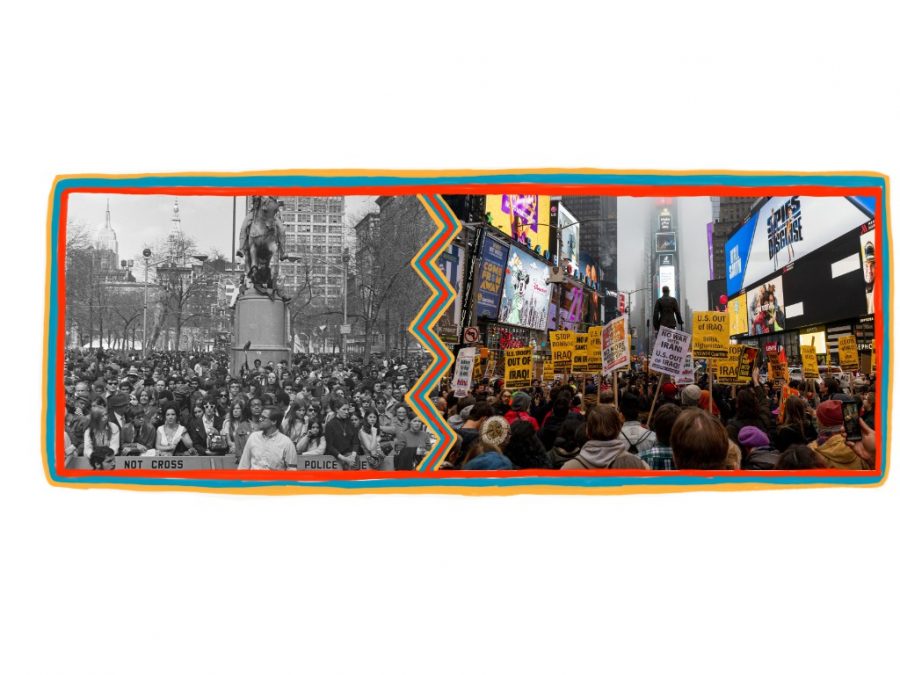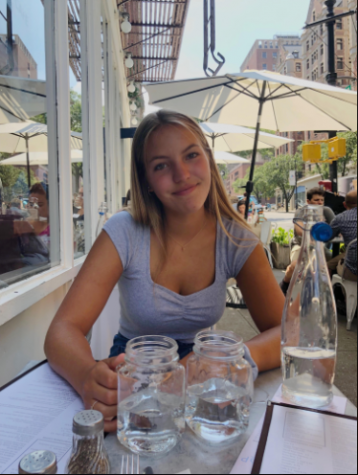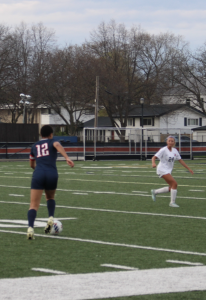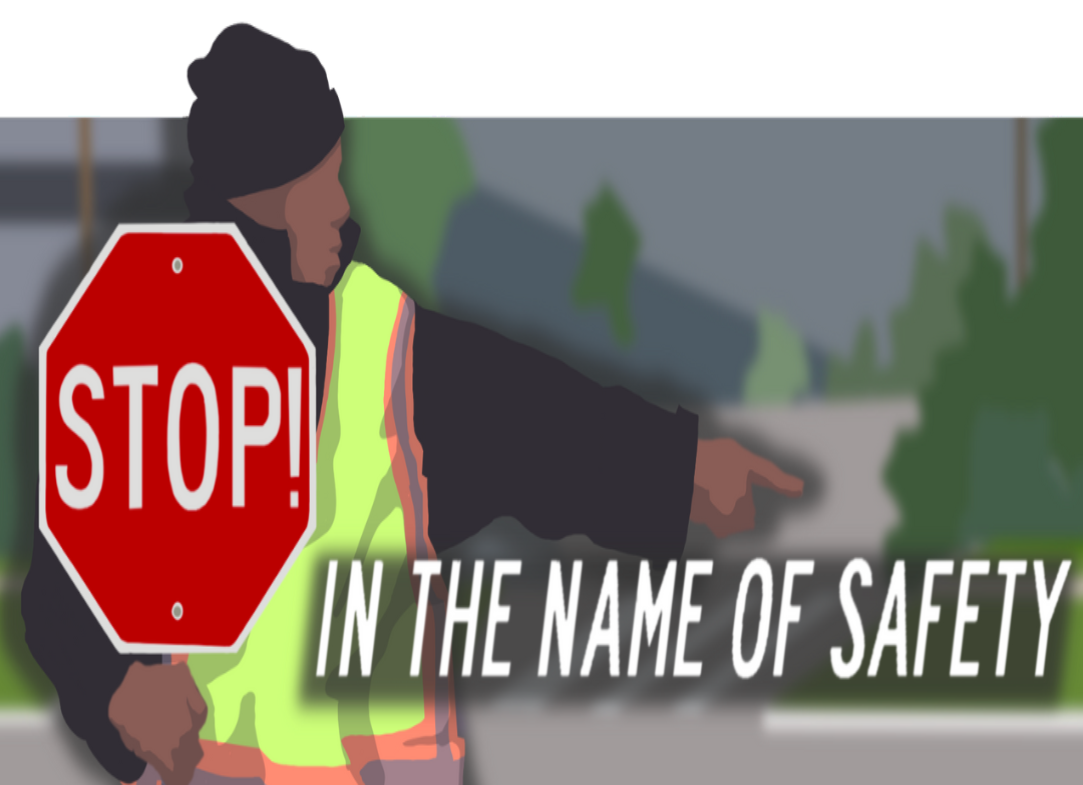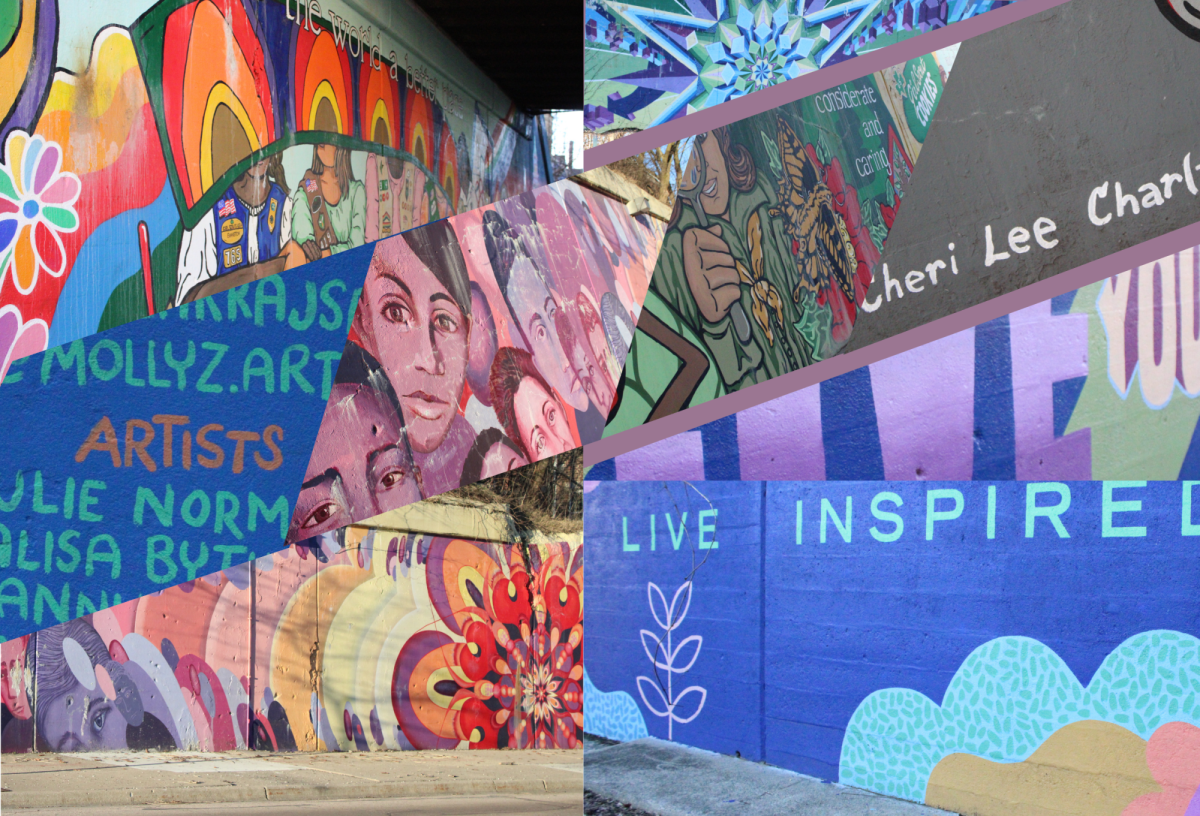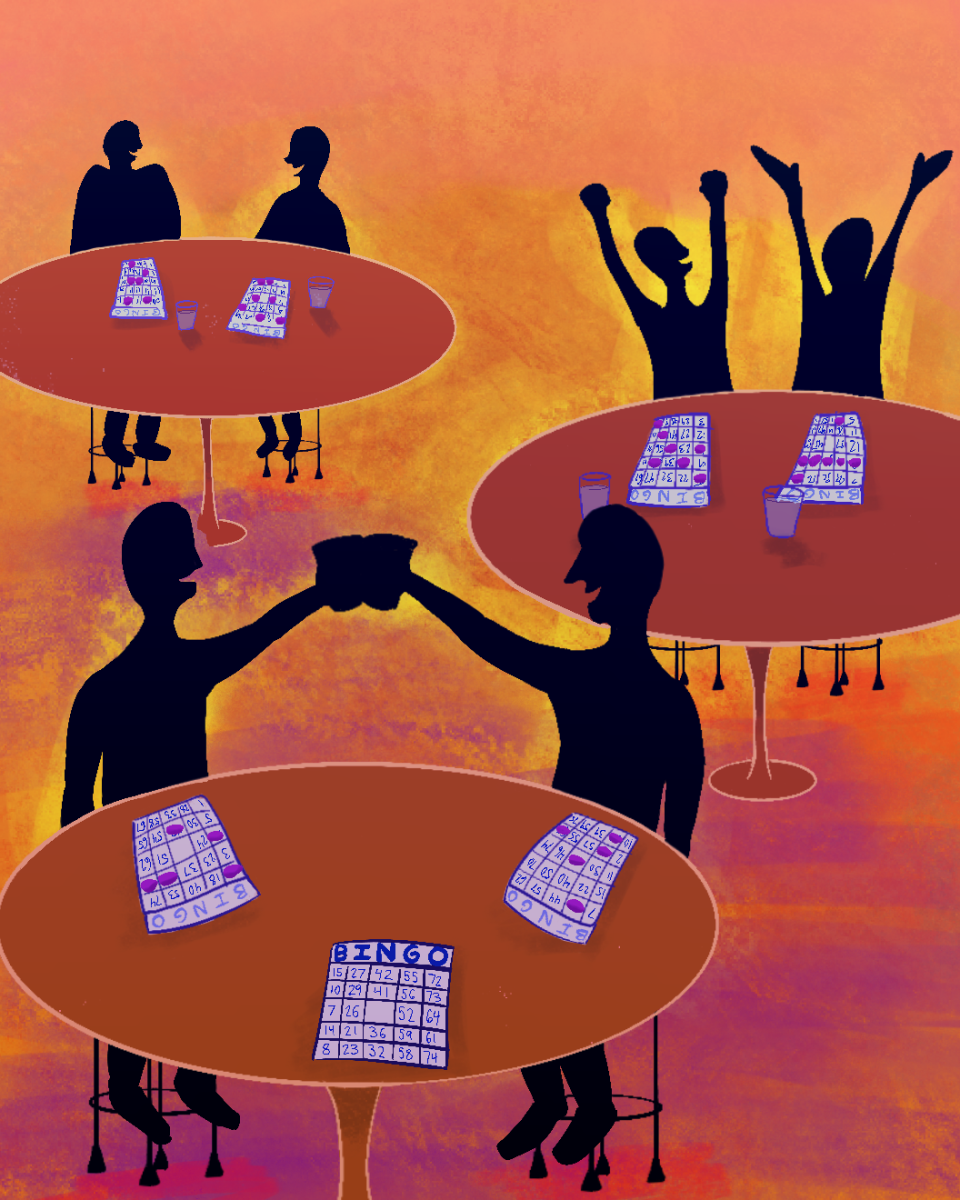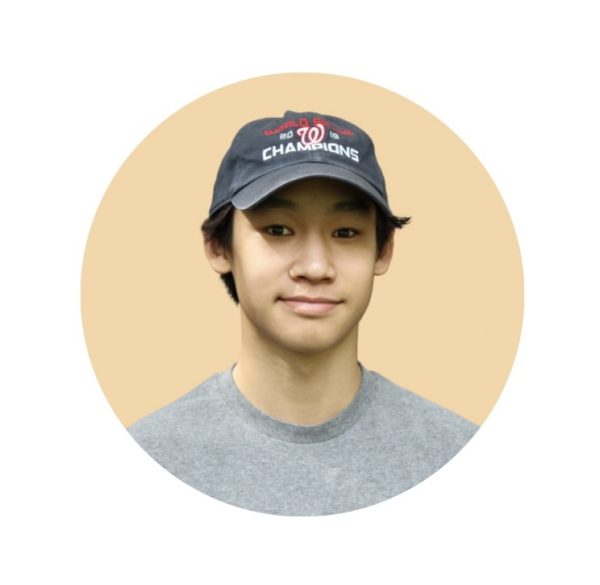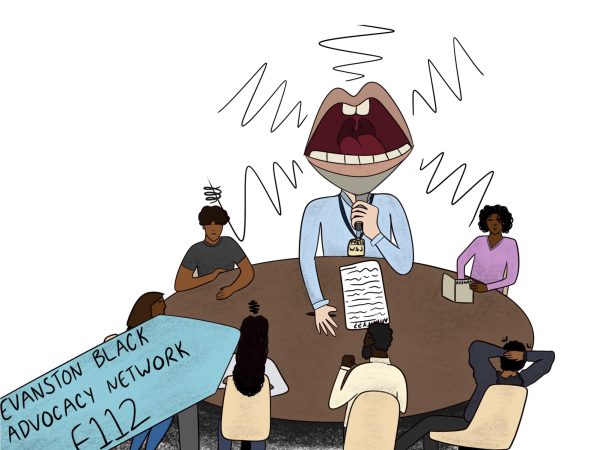50 years later — Youth led anti-war activism persists
January 31, 2020
When President Donald Trump dissolved the Joint Comprehensive Plan of Action (JCPOA) with Iran in May 2018, a sense of nervousness arose in particular progressive states around the country. Following the missile strikes against U.S. troops stationed in Iraq, American panic shot up significantly. Throughout this panic, our young generation has different ways of coping with fear.
Hundreds gathered in Times Square just days after New Year’s holding “No War with Iran” posters, and demonstrations all around the country projected the same message. As a community with dozens of student activists, it will come as no surprise when the nearing anti-war movement reaches Evanston.
“One thing that I find really interesting is how youth activism movements parallel movements from decades earlier,” says junior Anna Grant-Bolton. “I think we have a lot to owe to the generations before us that fought for civil rights, gender equality, environmentalism and anti-war movements.”
For decades, young people have used their voices in anti-war movements, and it is essential we continue to encourage this message.
About 50 years ago, similar anti-war movements against Vietnam were taking place in America. The late 1960s and ’70s embodied young American opposition to the war with Vietnam. With the overwhelming sense of anti-Communism in the country at the time, many thought it was their duty to wipe out any potentially Communist country as a jab at the Soviet Union. Our invasion of this part of Southeast Asia, along with the draft of young men (who mostly opposed our involvement in the first place), caused an uproar among young Americans.
What was so fascinating about the young people in the anti-Vietnam protests was their resilience. The fact that they were willing to face lifetime imprisonment and even exile for their refusal to participate in combat shows just how committed to the protests they were. This determination was part of the reason that pushed Congress to end the war. Most Vietnam opposition and protests came from student organized groups, such as Students for a Democratic Society.
Jeff Rice, a Senior Lecturer in Political Science at Northwestern University, teaches a class called “Student Protest and Free Speech.” When Rice was entering Northwestern as a freshman in the late ‘60s, he’d already helped co-create a student led anti-war organization called Greater Boston High School Student Radical Action Project—HSRAP. The group had accomplished many successful protests against Vietnam in the late ‘60s around Boston.
“As a junior in high school, I was absorbing an anti-war, pro-civil rights ethos,” Rice says. “We were just flying by the seat of our pants, but we organized the first anti-war demonstrations in Boston.”
Rice’s nose for anti-war activism led him to college at Northwestern. “When I got to college, it took me just over 24-hours to find the student movement on campus, and we ran protest politics on this campus for several years,” he says.
Now in his teaching role, Rice says that “all I can do in my classes is provoke. I just raise questions, and that makes students think.”
He finds the dynamic between the protests in Iran and Vietnam almost identical, with a key difference—as our generation now protests against a war with Iran, we don’t have to fear possibly losing our careers as a result.
Protesting Vietnam meant risking your entire adult life. Now, protesting risks arrest at the most, but the fact that we are risking less by speaking out more encourages radical action and pushes the limits of resistance.
Rice observes that students, such as the ones here in Evanston “are so much farther advanced than…when we were in school,” he concludes. “You guys have read so much more, you have better teachers and you’re smarter.”
There is an extraordinary curiosity that encourages students to spend time on issues when related to war.
“Today, dozens of colleges and universities offer courses—and some offer majors— in peace studies,” Linton Weeks writes in The New York Times.
In the midst of climate action, gun reform action and civil rights action across racial and gender lines, an anti-war movement with Iran will only heighten our generation of activism more. Grant-Bolton is involved in activism and service groups throughout the school and the community. Some of her most noticeable acts include her involvement in racial justice with Emerge—creating a junior advocacy board to reduce the racial achievement gap in early education.
Grant-Bolton has also become increasingly passionate about education surrounding sexual assault and awareness, causing her to become a student leader of Sexual Harassment and Assault Prevention Education (SHAPE). As an invested student activist, Grant-Bolton clearly sees the necessities of youth activism in our generation.
“I think as young people we have a responsibility more than anyone to speak up and make change,” Grant-Bolton says.
As the conflict with Iran approaches us, it’s only natural for activism-driven students and other young people to take notice.
“To me, the conflict with Iran epitomizes why youth activism is so important,” Grant-Bolton states. “With escalation and division coming from the White House, students advocating for peace and diplomacy are more important than ever.”
Just as Rice experienced activism as a high school student growing up in Boston, Grant-Bolton also recognizes the parallels between our activist generation and his.
“In the past, anti-war efforts had defined activism, as war and violence permeates all causes,” Grant-Bolton says. “With a new threat of war, I would hope and expect that not only does our generation step up and speak out, but that we emphasize the intersectionality of war with other social justice issues.”
Rice continues to have high hopes for the coming generation of activism. His admirations of young people’s work in the system translates similarly to Grant-Bolton’s projections for future activists: “Our ability to lift each other up through speaking on injustice is paramount to creating an equal world for the next generation,” Rice says.
To continue the pattern of powerful student voices, we must teach and encourage students to continue to speak out in activism related conflicts—especially in terms of war.

